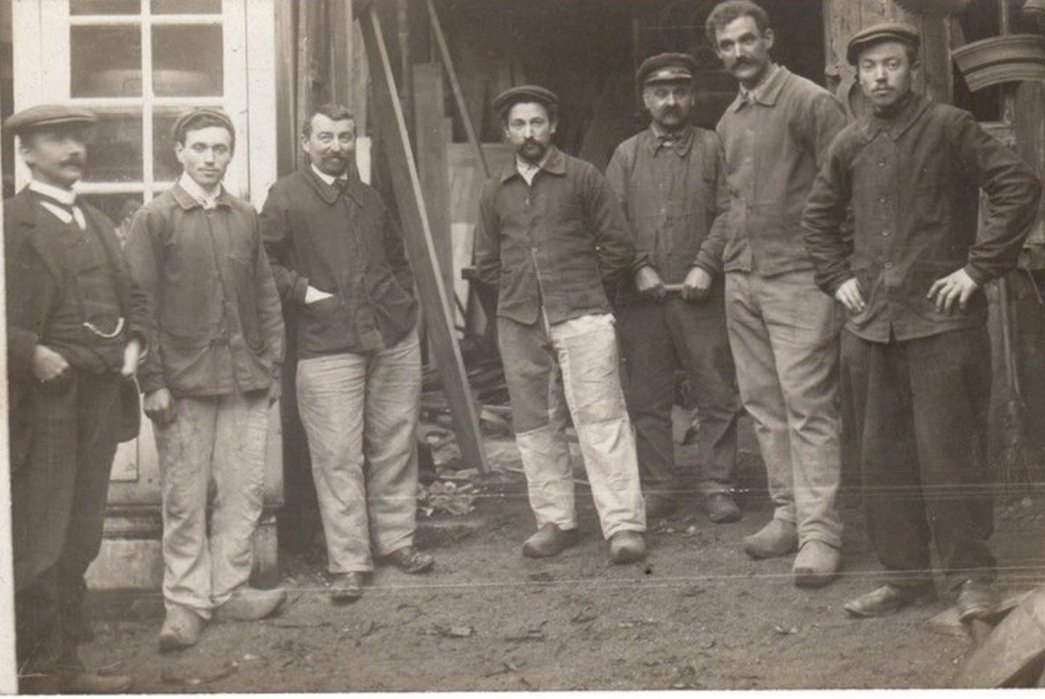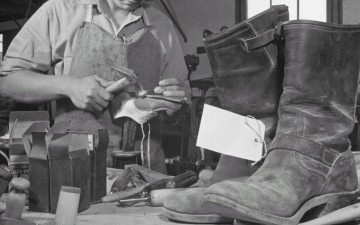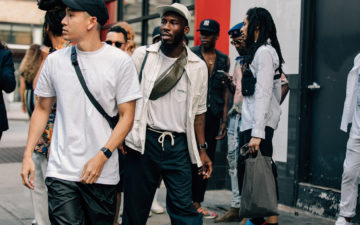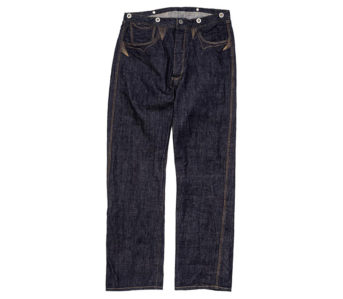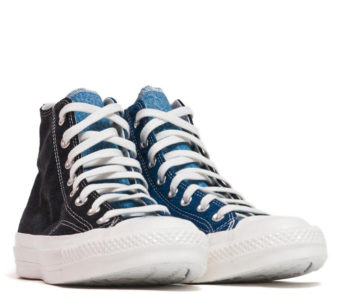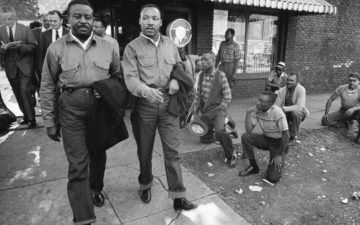For most of human history, people weren’t really thinking about workwear. At least not the people who control historical narratives. All kinds of major high-brow fashions came and went, many of which transcended oceans and borders long before the Internet, but working people wore their work-clothes until they didn’t need them anymore and moved on.
Workwear was so ubiquitous as to be almost overlooked, a “forest for the trees” situation. And if working people were able to escape a life of toil, they often discarded the trappings of their former lives and tossed on fancier threads. Famously, Elvis Presley, who’d come from a working class background, hated having to wear denim once he’d made it – he associated the fabric too closely with his hardscrabble youth.
Workwear apathy reigned supreme until sometime in the twentieth century, when it became cool to incorporate working-class pieces into a well-rounded wardrobe. People then began to re-examine the pieces their fathers and grandfathers had loathed. It’s not surprising, therefore, that we don’t know nearly as much as we should about workwear from overseas. Styles that are often overlooked at home in favor of classics like the Levi’s 501, the Dickie’s 874, or the Carhartt double-knee pant.
Today we’ll be crossing the Atlantic, leaving behind the riveted waist overalls of the USA and delve into…
Bleu de Travail – Working Blues
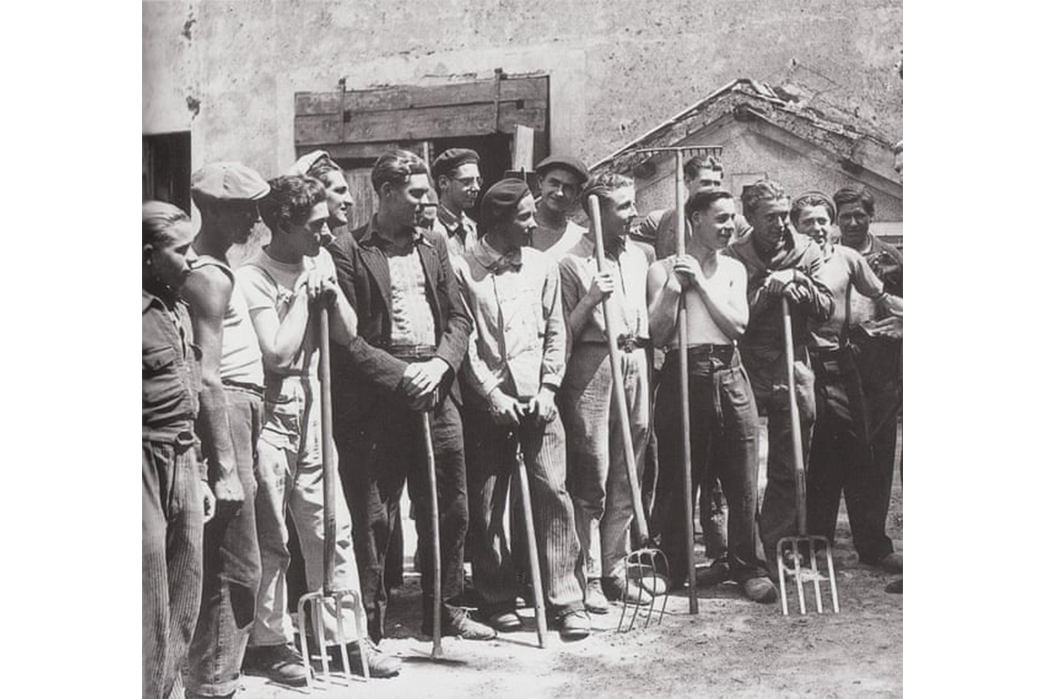
No denim in sight! Image via The Guardian.
“Bleu de travail” means, in French, “work blues.” So-called because the vast majority of French workwear was dyed a deep, occasionally purple-y indigo blue. The “profondeur” or depth of this unique blue hue can be attributed to the fabrics most often used in French workwear – sometimes a canvas, but usually a moleskin, a fabric where both warp and weft threads are dyed the same color.
Bleu de travail is often used these days when referring to the most iconic (and least adventurous) French workwear style, the chore coat.
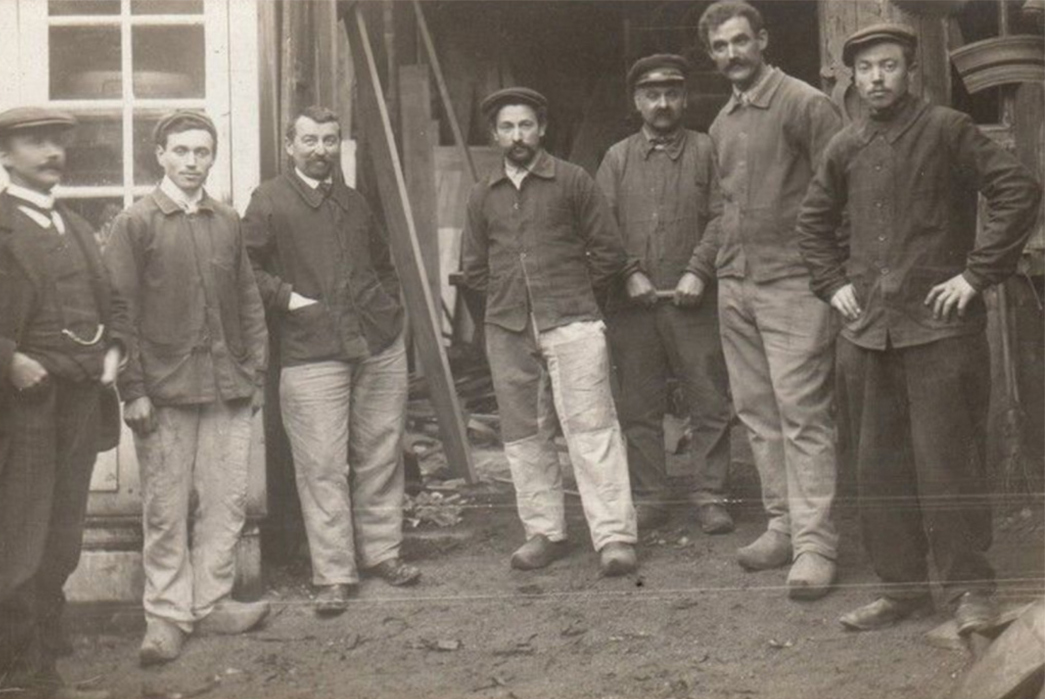
Image via House of Celeste.
Though some histories argue that the French invented the chore coat (a claim that’s impossible to prove) we can certainly say French laborers perfected the often-simplistic style. The chore coat is a simple garment, reminiscent of the sack coat, one of the cheapest pieces of clothing in history, a simple piece of outerwear without any complicated pleats that hangs straight down from the shoulders to the hips.
Where the chore coat differs from the famous sack coat is its lack of lapels and a proliferation of large pockets, top-stitched down to the jacket. Simple and cheap, the chore coat was the logical choice of workers all over the world, but there is a certain je ne sais quoi about the French ones.
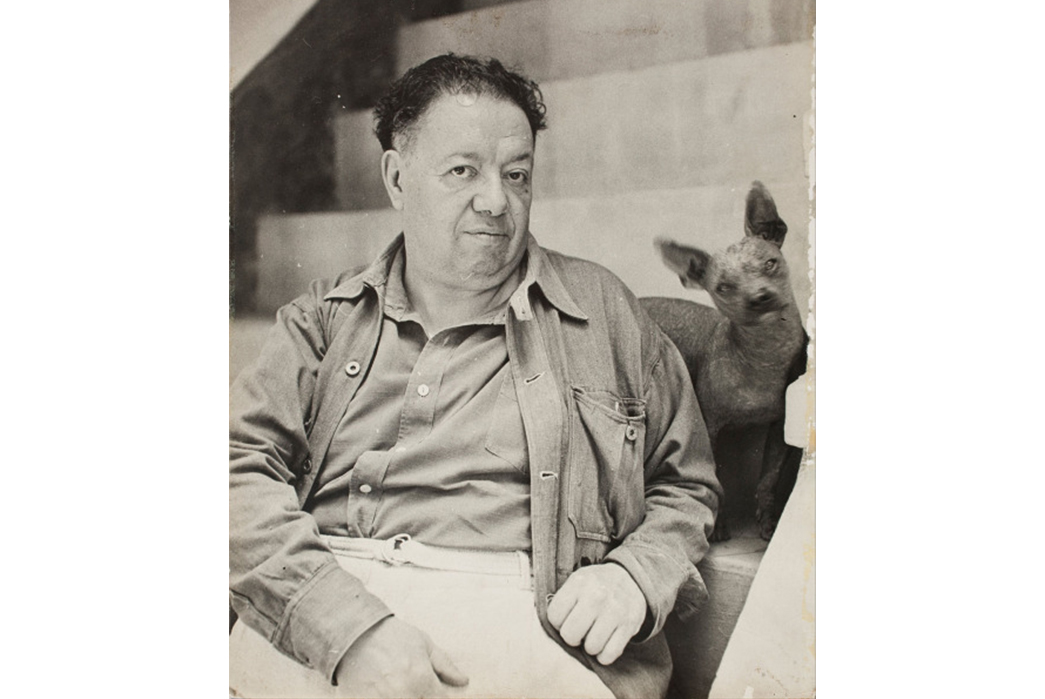
Mexican muralist Diego Rivera. Image via MoMA.
These simplistic, unlined jackets could be made from heavy cotton drill, herringbone twills, or moleskin – but where does the bleu come in? The French Army had been using blue dyes for their uniforms since the mid-1800s, roughly around the time that farmers and workers first started wearing pieces that resembled the modern chore coat.
Prior to the 1800s, blue and violet dyes were the hardest to come by and consequently were reserved for monarchs and other wealthy people. A rapidly globalizing world made indigo more accessible and drove prices down far enough to make indigo the de facto workwear dye. As industrialization took hold in France and the rest of the world, the work force was stratified and in a factory or on a job site in France, the folks furthest down on the totem pole (the laborers) wore deep blue, while their superiors and foremen would wear gray and white versions of the same garments.
La Pleine Forme – The Full Fit
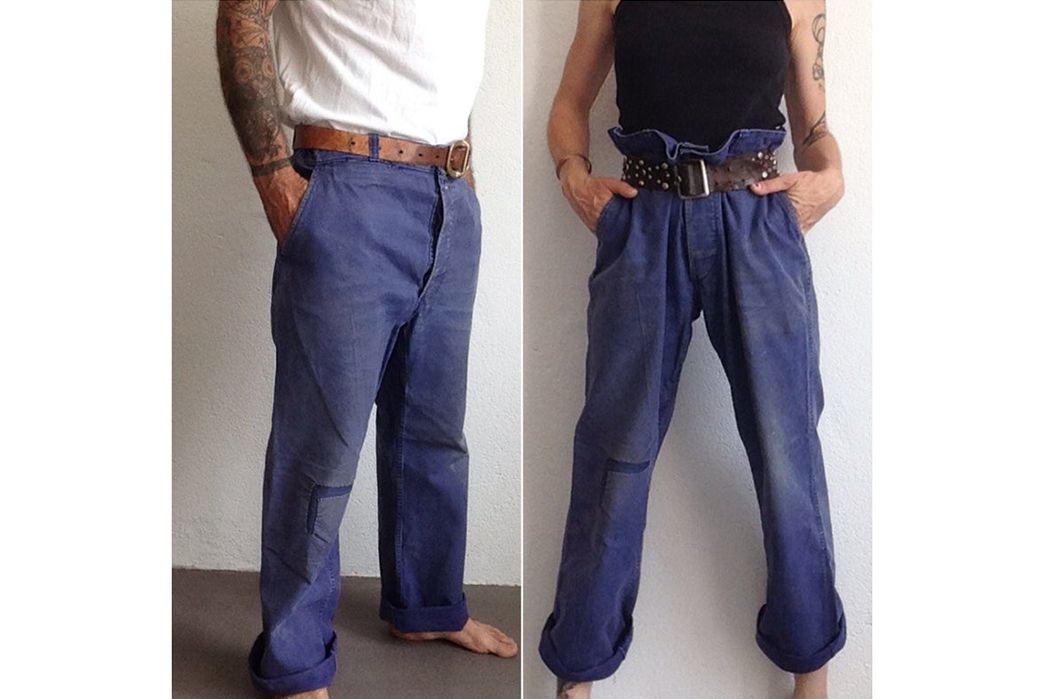
Image via Etsy.
Even though modern audiences may only associate French work blues with the iconic chore coat, there are other classic pieces produced in the same tough fabrics and deep blues.
A vintage holy grail: the French Work Trouser is another iconic piece produced in this evocative deep indigo hue. Just as tough as the jackets, these trousers are typically high-waisted and full-legged, sometimes with deep pleats, and usually with just a single patch pocket on the rear. Like modern painter’s pants they usually have small pockets and subtle hammer loops on the outseam, but unlike modern painter’s pants – not every hipster at your local thrift store has their own pair.
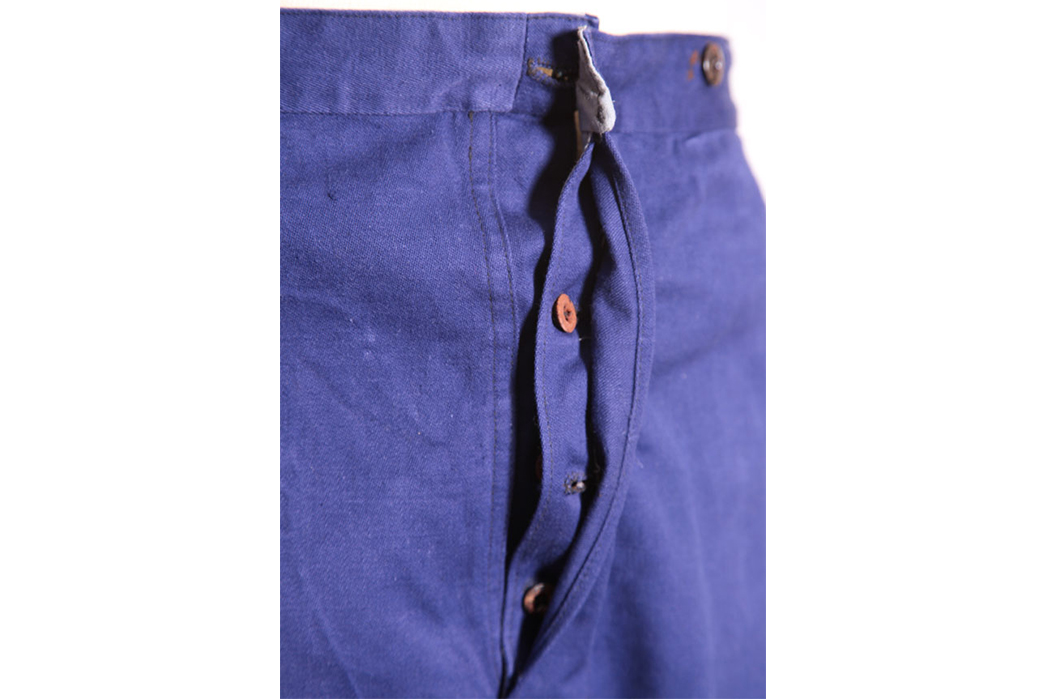
Image via Le Magasin.
Much like Levi’s, the golden age of French Workwear began in the mid-1800s and continued all the way to the 1950s, when a consumer economy and and outsourcing slowly diminished the value and quality of the product. Unlike Levi’s, with so many brands making their own interpretation of these classics over the decades, it’s harder to date and classify the various kinds of work trousers you may find in your adventures.
Bleu de Travail aujourd’hui (Work Blues Today)
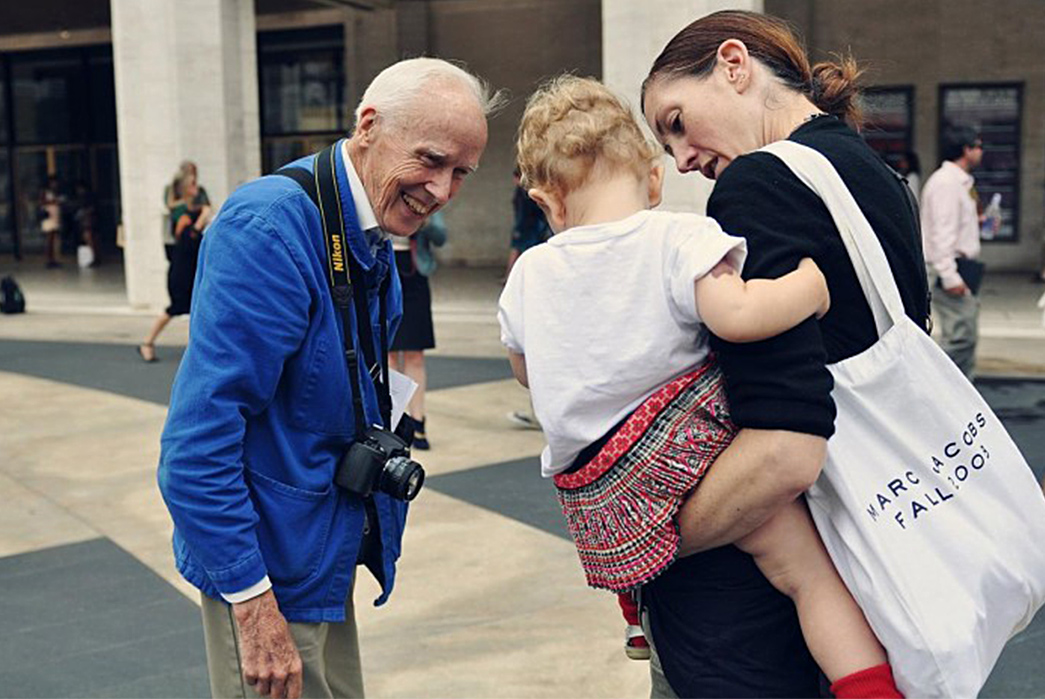
Bill Cunningham at Paris Fashion Week. Image via Field Grey.
The late, great Bill Cunningham was many an American’s introduction to the French Chore Coat. The legend goes that this beloved New York Times fashion photographer found his first chore coat at a flea market in Paris and never looked back.
Mr. Cunningham appreciated the coat for the same reasons that workers have always donned this legendary style. It was loose-fitting, functional and had plenty of pockets for his film or whatever else he had on hand. Unlike a denim jacket, with its uniquely rebellious history, a French work coat has a slightly more refined connotation, perhaps because for so long, it was worn in the U.S. mostly by sophisticated folks in the art and fashion worlds.
A modern American audience is beginning to get wise to these amazing styles, probably because we have access to more overseas vintage with sites like Etsy and eBay. Even so, these pieces really struggle to make it across the ocean. Any vintage store worth its salt in France (except in Paris, where things are picked over by tourists) will have a veritable treasure trove of French workwear, in all colors, cuts, and styles conceivable – and for a reasonable price.
Even harder to find in the U.S. are the new pieces that these famous brands are still making. The legends of French workwear: Vetra, Mont St. Michel, and Le Laboureur are all still manufacturing in France, but it’s next to impossible to find these items in the U.S. – as most retailers will only carry the lowest common denominator stuff – the chore coats. Luckily, we have the internet!
Vetra Workwear Jacket
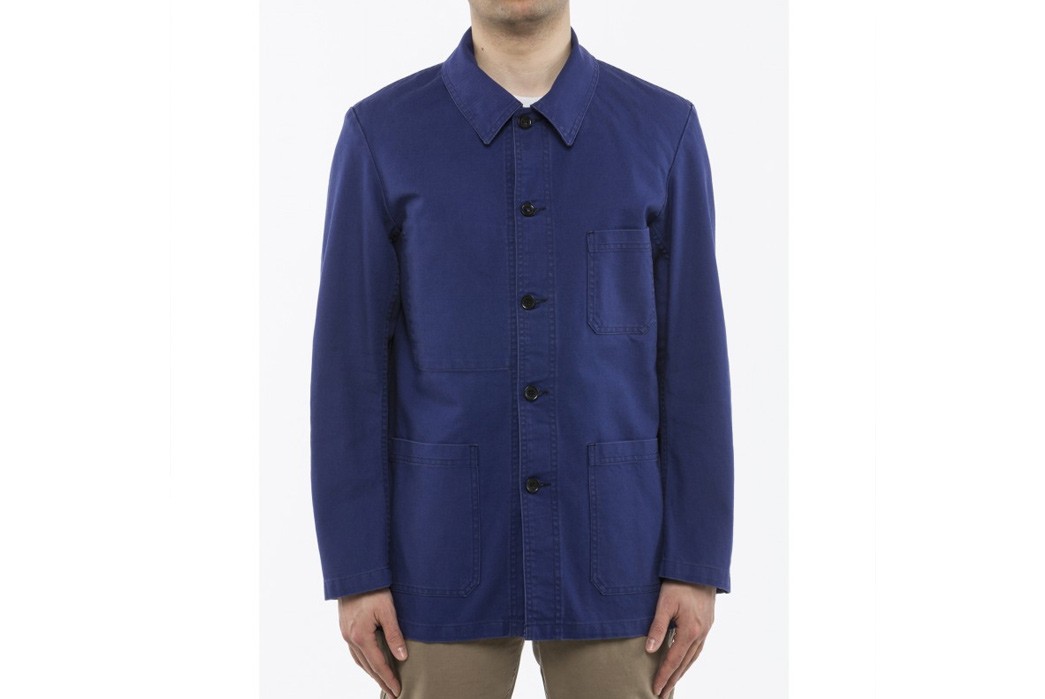
Available for €155 (~$173 USD) at Vetra.
Le Mont St. Michel Genuine Work Jacket
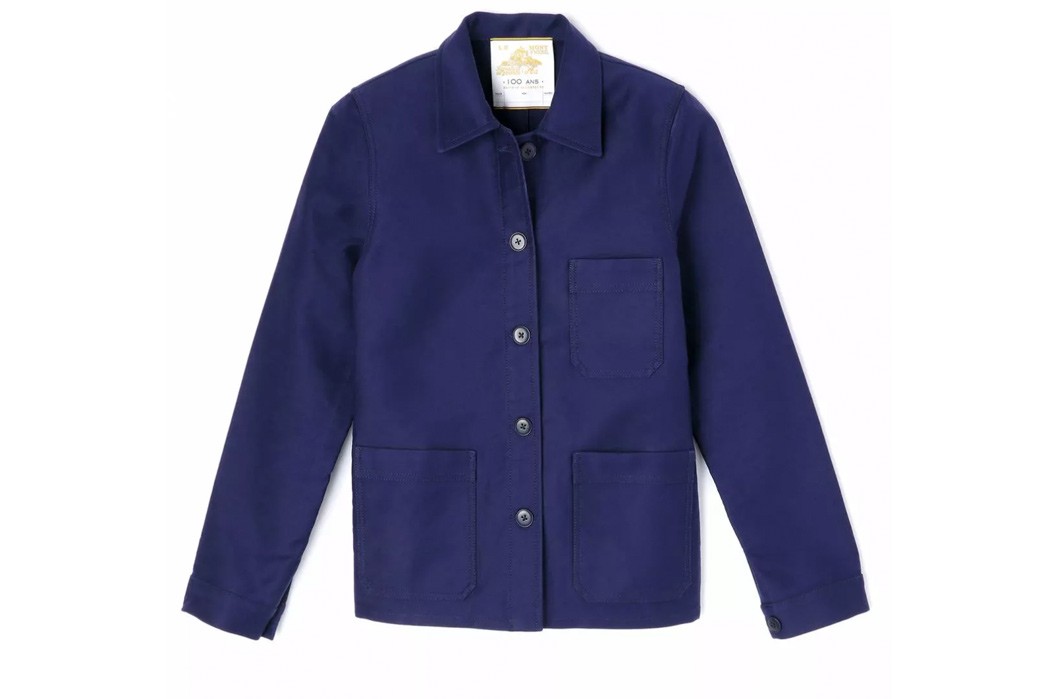
Available for €225 (~$251 USD) at Le Mont St. Michel.
Le Laboureur Moleskin Work Jacket
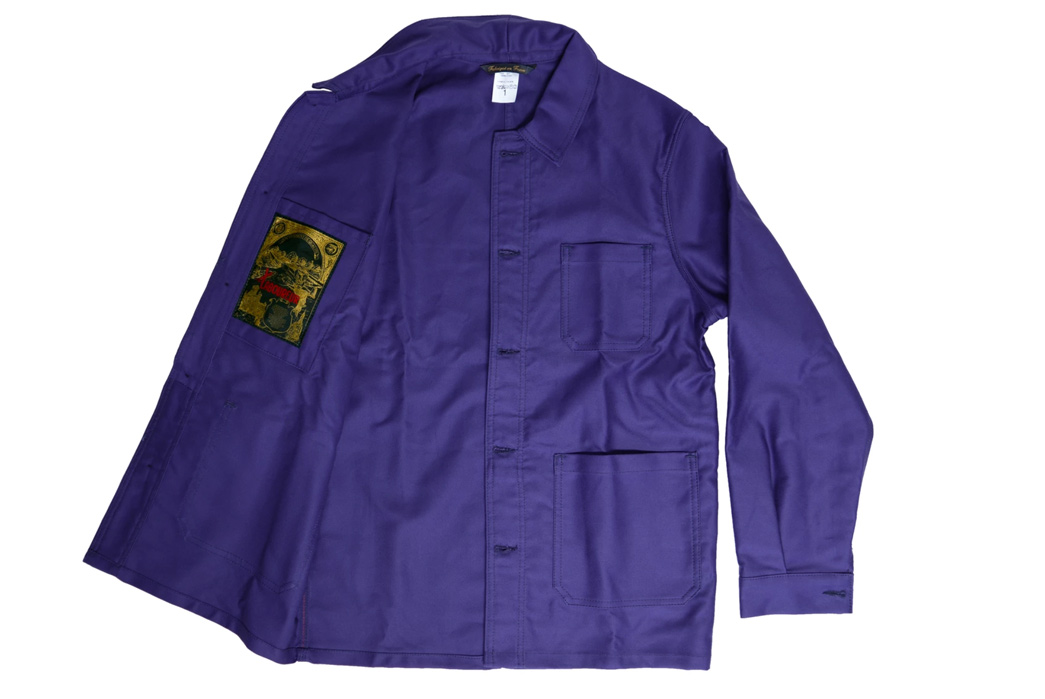
Available for $125 at Tourneur Goods.
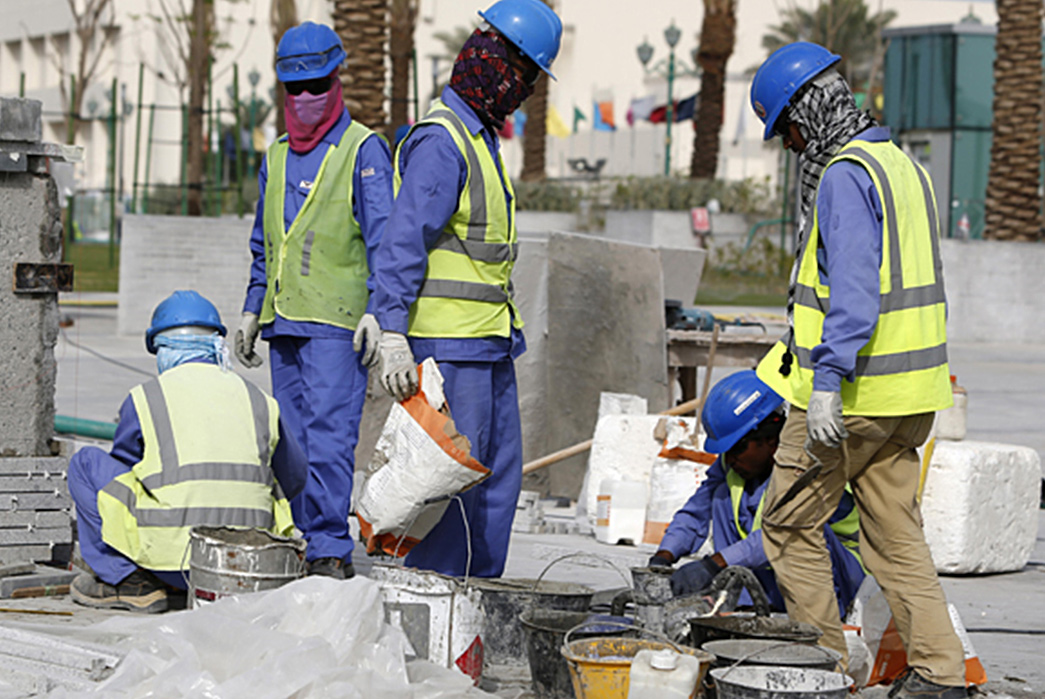
Modern French construction Workers. Image via RT.com
Le Laboureur doesn’t just do vintage reproductions – they still make workwear. Though the dyes are synthetic now and there is stretch in the weave, bleu de travail lives on, not just on vintage geeks, but on actual working people.
But in our modern age of accessibility, it’s kind of exciting that some things are still out there, just beyond our reach. So make sure you have a little extra room in your suitcase on your next Euro trip, because you’ll most definitely have some shopping to do.

